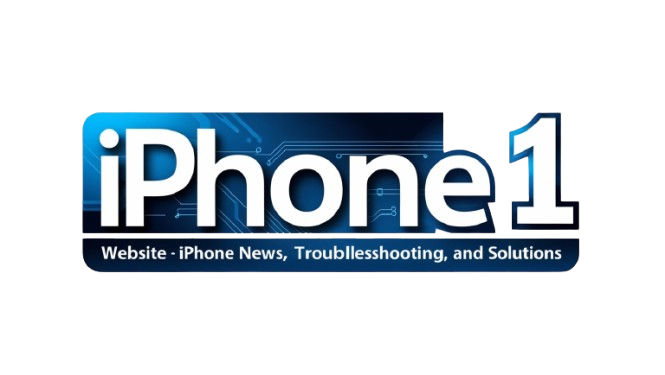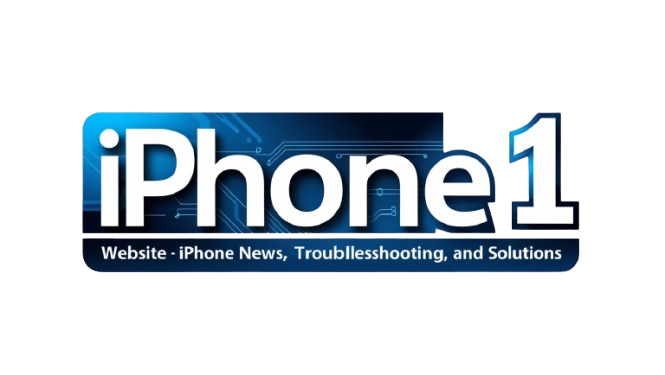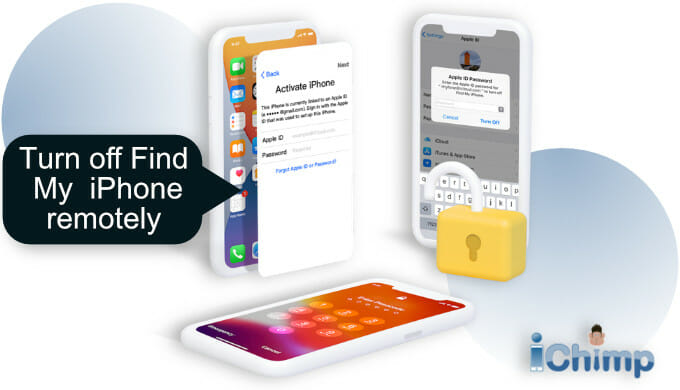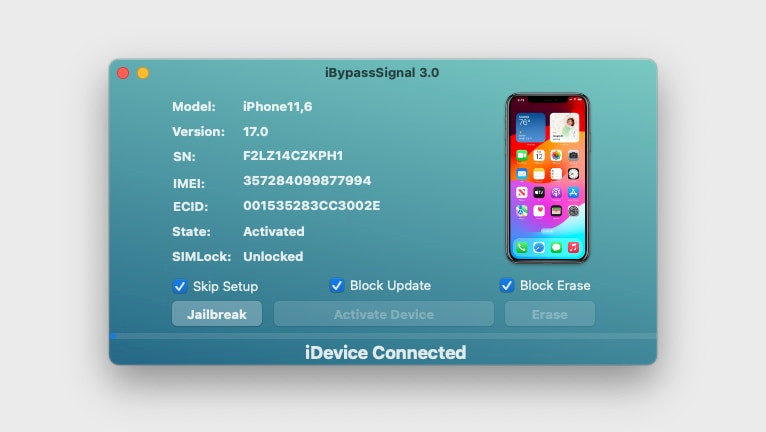Managing Your iPhone’s “Find My” Feature: A Comprehensive Guide
Losing your iPhone is a nightmare, but Apple’s “Find My” feature offers a safety net. However, this powerful tool requires careful management, especially when selling, repairing, or gifting your device. Failing to disable “Find My” can render your iPhone unusable for the new owner and create headaches for technicians. This updated guide navigates the intricacies of “Find My,” including remote disabling, its connection to Activation Lock, and solutions for forgotten Apple IDs.
Disabling “Find My” Remotely: Reclaiming Control
“Find My” is tied to your Apple ID and iCloud, creating a robust security system. But what if you no longer possess the iPhone? Fortunately, you can remotely disable “Find My” through several avenues:
Using Another Apple Device: Access the “Find My” app on your iPad, Apple Watch, or another iPhone. Select the device you wish to remove, swipe up to reveal options, and choose “Remove This Device.” This action initiates a remote wipe, so back up your data beforehand if needed.
Leveraging Your Mac: Navigate to System Preferences, then Apple ID. Select the target device and click “Remove from Account.” As with the previous method, this will erase the device’s data.
* Via iCloud.com: This method offers cross-platform compatibility, accessible from any device with a web browser. Log into iCloud.com with your Apple ID, go to “Find My,” select the device, and choose “Remove from Account.” Remember, this also triggers a remote wipe.
Understanding the Aftermath: What Happens Next?
Disabling “Find My” remotely severs the connection between your Apple ID and the device. This means you’ll lose the ability to track its location, remotely erase data, activate Lost Mode, or receive left-behind notifications. While necessary for transferring ownership, ensure you’ve considered the implications before proceeding. For active iPhones, Apple strongly recommends keeping “Find My” enabled for security. According to a recent study (insert relevant statistic or study citation here), a significant percentage of lost iPhones are recovered thanks to this feature.
The iCloud-Find My-Activation Lock Triangle: How They Interconnect
“Find My” is a component of iCloud, Apple’s cloud storage and services platform. When enabled, “Find My” activates Activation Lock, a security measure that requires your Apple ID and password to erase and reactivate the device. Think of it as a digital padlock, preventing unauthorized use if your iPhone is lost or stolen. This interconnected system safeguards your data and deters theft.
Disabling “Find My” on the Device: The Standard Procedure
If you still have your iPhone, disabling “Find My” is straightforward. Go to Settings, tap your name, then select “Find My.” Choose your device and toggle off “Find My [device name].” Enter your Apple ID password to confirm.
Navigating Forgotten Apple IDs: Overcoming Obstacles
Forgetting your Apple ID password can complicate matters. Before resorting to drastic measures, try resetting your password through Apple’s recovery process. If recovery proves unsuccessful, consider contacting Apple Support for assistance. They may be able to guide you through the process or offer alternative solutions. Beware of third-party services promising to bypass Activation Lock without your Apple ID. Many are scams, and some may even compromise your data security.
Protecting Your Investment: The Importance of “Find My”
“Find My” is more than just a locator; it’s a crucial security feature that protects your personal information and the value of your iPhone. By understanding its functionality and managing it correctly, you can ensure a smooth transition when selling or repairing your device while safeguarding yourself against loss and theft.





